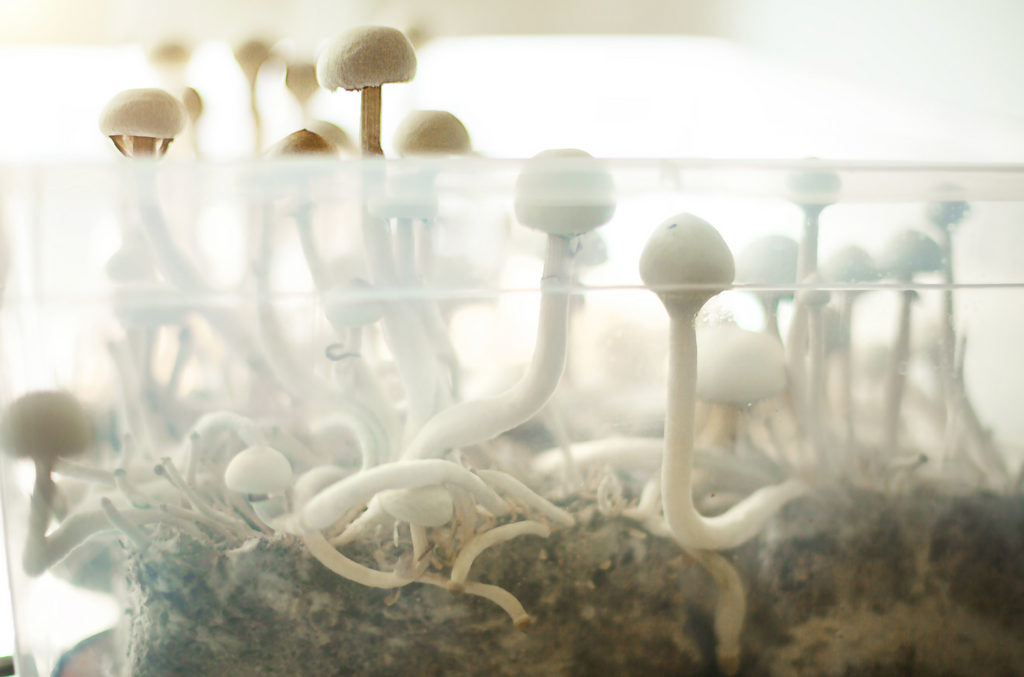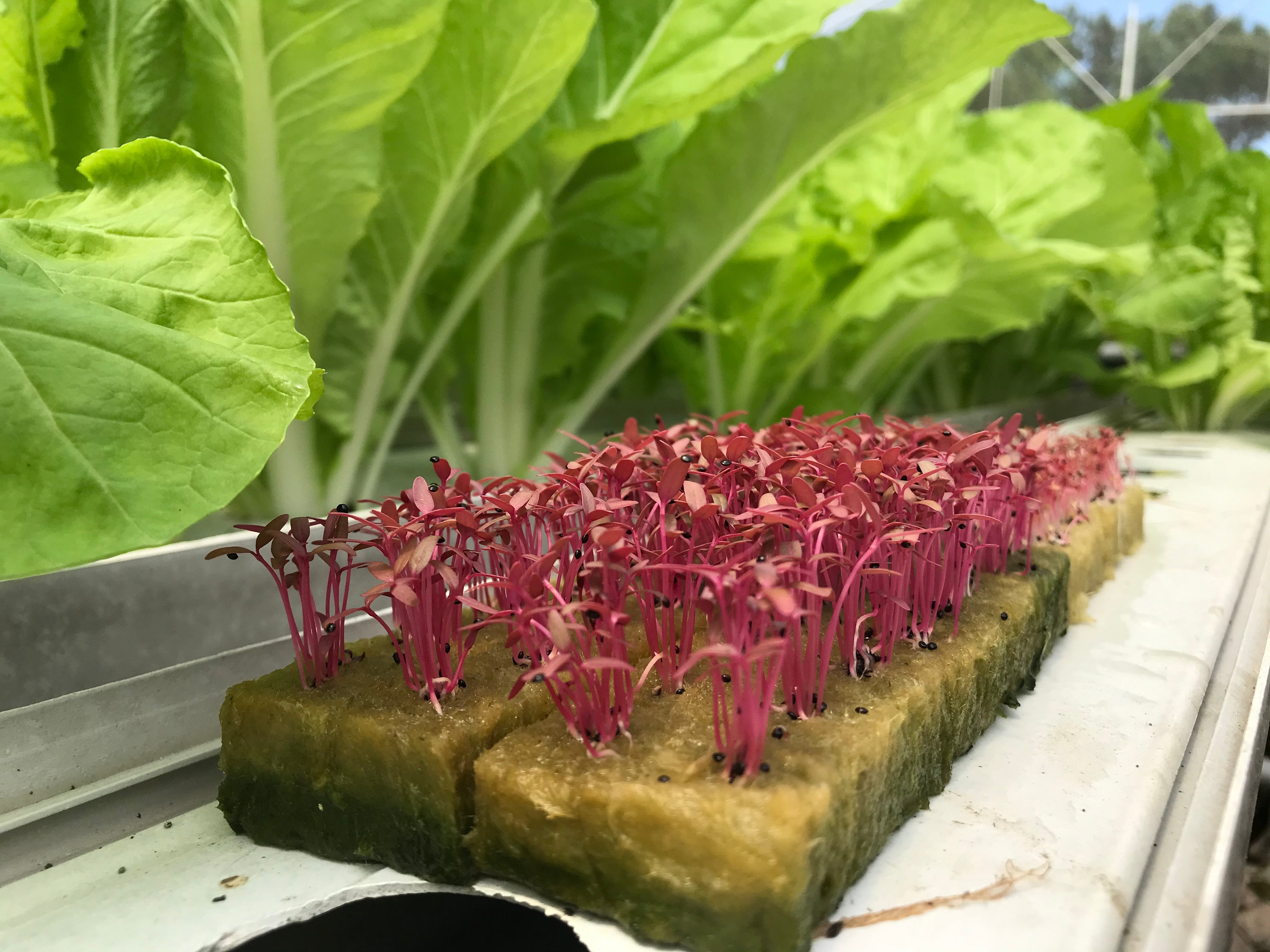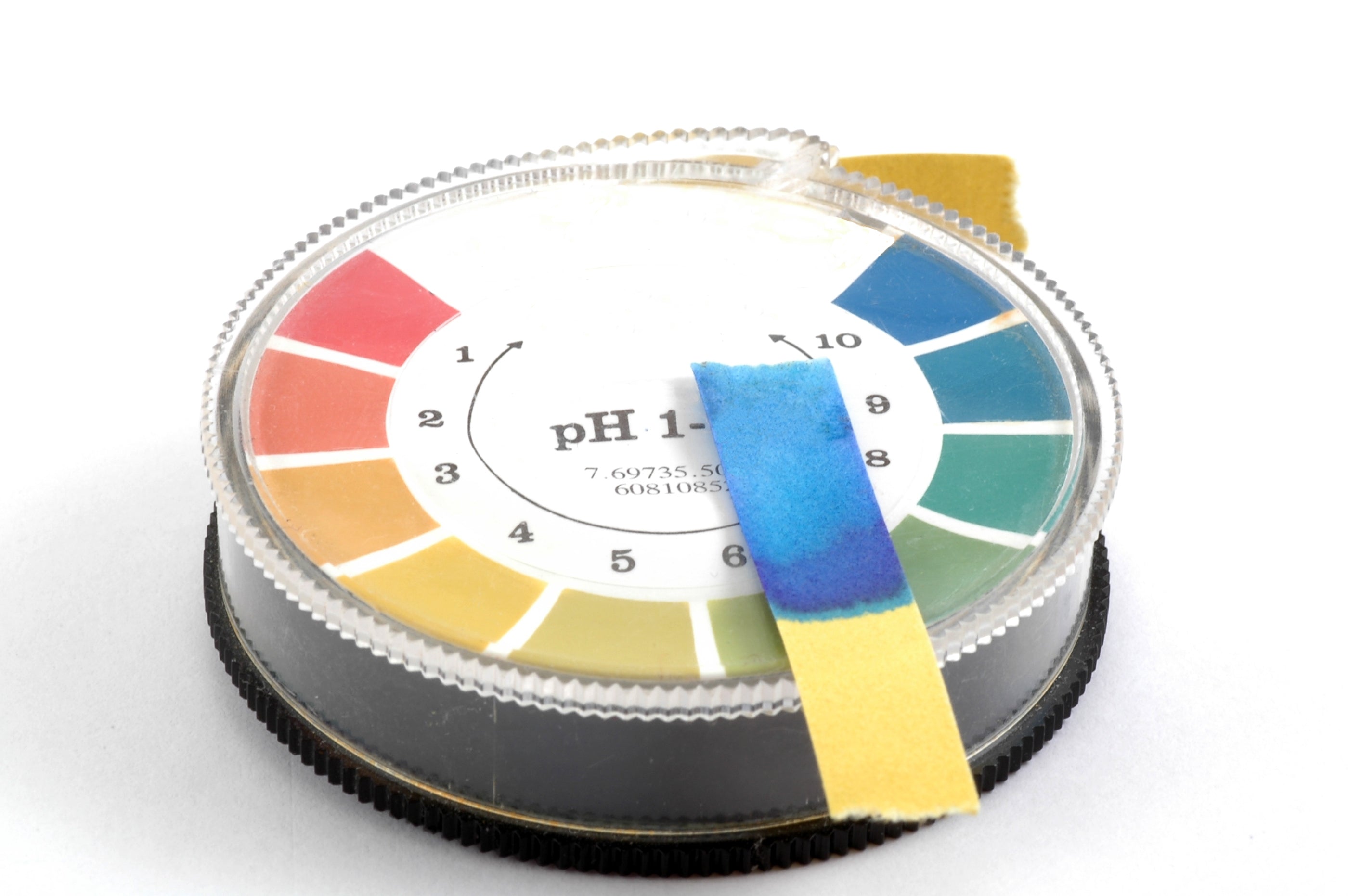Soilless Mushrooms - A Grower’s Guide
Everything You Need to Know About Growing Mushrooms Without Soil.
While not hydroponics it's possible to grow mushrooms without soil using what is known as a substrate. In this article, we’ll cover everything you need to know about growing mushrooms in a substrate, including how to start growing mushrooms, which substrate is best, as well as the ideal environment for growing mushrooms without soil.
How to Grow Mushrooms Using a Substrate
Mushrooms grow and reproduce differently than plants do. The life cycle of mushrooms starts with mushroom spores (sometimes also called mushroom seeds). The spores are dispersed by the wind, and then they eventually settle on soil and other surfaces. When two compatible spores meet, they grow into Mycelium.
Mycelium is a thread-like structure from which mushrooms sprout. Mycelium is the most important requirement when growing mushrooms. In fact, the mushrooms we see with caps and stalks are simply the “fruit” or the reproductive organ of the Mycelium. Unlike plants, mushrooms respire, taking in oxygen and producing carbon dioxide, just like humans.
A substrate is basically a material containing everything the mushroom needs to thrive. There are a couple of ways to grow mushrooms from substrate: from a mushroom kit or from mycelium. Growing mushrooms from a kit is really simple. A mushroom kit is essentially a substrate block with all the nutrients and that the mushrooms need. Most importantly, it contains mycelium that will grow as soon as you put the block in chilled and non-chlorinated water and then put them in a dark place with a temperature ranging between 16°C and 24°C (60–75ºF). Mushrooms grow fast, especially in cold water. You’ll be able to harvest your first mushrooms after 3 or 4 days. The biggest downside of mushroom kits is the fact that they aren’t infinite. The nutrients will eventually be depleted after 2 or 3 generations of mushrooms, and you won’t be able to refill them.
If you want to grow a lot of mushrooms, you can grow them from scratch using spores. Mushroom spores need a growing substrate, which they will populate. The growing substrate is inoculated with spores, and after that, mycelium will begin to develop, fuse, and colonise the substrate. The growing substrate, however, must contain nutrients in some form so that the mycelium can grow. This is because mushrooms can’t make their own food, unlike plants. Mushrooms require some form of carbohydrate or sugar to grow and develop. Many people use vermiculite to grow mushrooms similar to its use in hydroponics. Vermiculite is usually mixed with brown rice flour and small amounts of water to form a sterilised cake of sorts on which the mycelium will grow and develop.

To make inoculated vermiculite cakes, you will need vermiculite, brown rice flour, water, mason jars with lids (preferably modified lids with holes for mushroom growing), aluminium foil, micropore tape, a pressure cooker, and a spore syringe or liquid culture. I would suggest using filtered or distilled water to make the cakes. If you decide to use tap water, boil it and cool it down or let it stand in the sun for a day so that the chlorine can evaporate.
Here's how you make inoculated vermiculite cakes:
- Mix 2 parts vermiculite, 1 part brown rice flour, and 1 part water. Squeeze the mixture a little so that the cakes are not too wet but not too dry either.
- You will then need to sterilise the cakes. You can put them in jars, but don’t fill them up completely—make sure they are only ½ to ¾ full. Put the lids on the jars and wrap them in aluminium foil. Place the jars in your pressure cooker and fill with water no higher than halfway up the jars. Sterilise for at least 90 minutes at 1 bar (15 PSI). Let the jars cool down after sterilising.
- Now, they are ready to be inoculated with either a spore syringe or a liquid culture. I personally prefer using liquid culture because spore syringes can often contain contaminants that will grow faster than the spores can germinate. Prepare the work space and syringe before removing the layer of aluminium foil. Using an open flame, sterilise the needle and inject a few CCs of spore syringe or liquid culture in each of the holes in the lids. Cover each hole with micropore tape. Make sure to flame sterilise the syringe between each jar.
- Mycelium usually needs about 2 weeks to grow. The cakes may dehydrate during the 2 weeks while the mycelium has been growing. You can submerge them in cold, clean water for up to 24 hours before rolling them in clean vermiculite.
-
Once rehydrated the mushrooms will need to be transferred to a light area and kept humid. You can use a humidifier, and you can also spray the mushrooms with water to raise the humidity. Mushrooms thrive in darkness, but you need to give them 5–6 hours of light per day to encourage the development of the mycelium.
- After a few days, the cakes will begin to form primordia or pins. These small formations will grow into mushrooms within a few days. Once they mature, they can be harvested, making way for the next flush. I recommend removing the fruiting bodies using a sharp knife so as to not damage the cakes. The following flush will occur naturally within the next 7–14 days.
For more great content check out the Proponics YouTube channel below!

By Max Barnes
Max Barnes is a long-time homesteader and author. Max grows the majority of his own food year-round using a variety of different methods, including hydroponics. Hydroponic gardening plays a huge part in his homestead and self-sufficiency goals.





